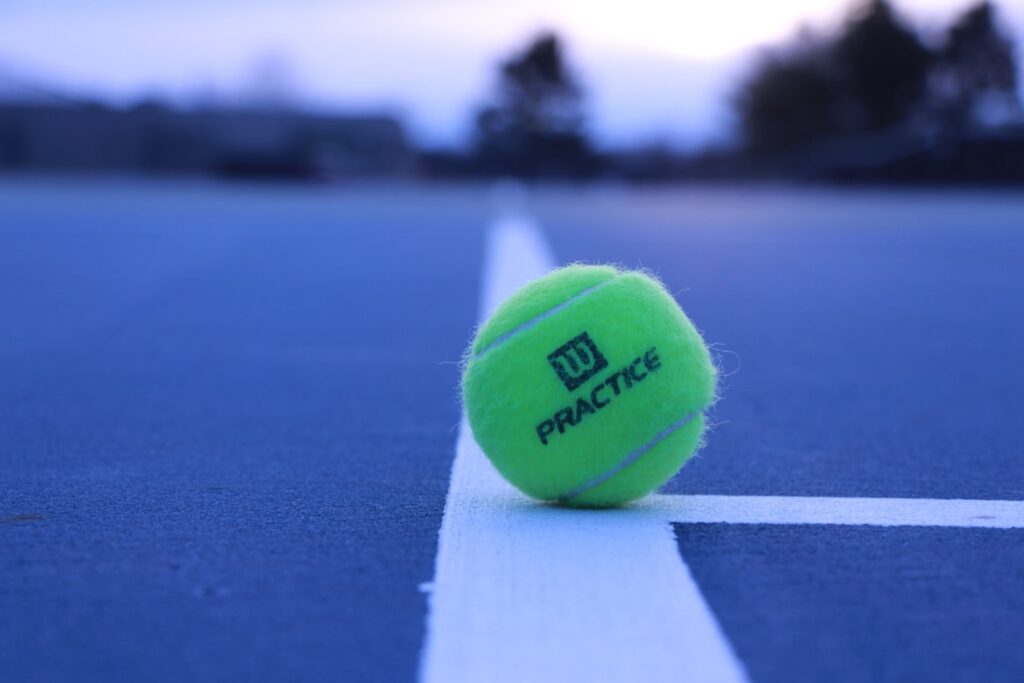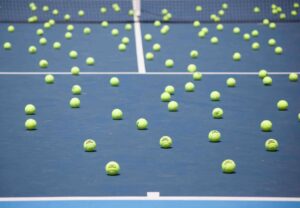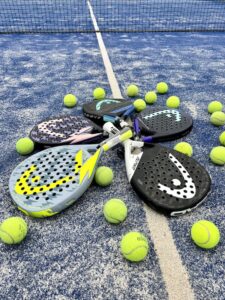Doubles Padel Positioning: A Comprehensive Guide
3 min read
Doubles Padel Positioning: A Comprehensive Guide
When it comes to doubles padel, footwork and positioning play a vital role in effectively controlling the game and outsmarting your opponents. The right positioning not only helps you cover the court efficiently but also allows you to anticipate and react to shots quickly. In this comprehensive guide, we will explore the intricacies of doubles padel positioning, providing you with valuable insights and strategies to improve your game.
Understanding the Basics
Before we delve into the details, let’s start with the basics. Doubles padel is a dynamic sport where two teams of two players each compete against each other. The court is divided into two halves by a net, and players must hit the ball onto the opponent’s side without allowing it to bounce more than once on the court.
Now, let’s focus on footwork and positioning. Efficient footwork is essential in doubles padel as it allows you to move swiftly around the court, reposition yourself for shots, and maintain balance while executing different strokes. Positioning, on the other hand, refers to where you and your partner stand on the court during different phases of the game.
The Serve and Return
When serving, the server’s partner should position themselves near the net, closer to the center of the court. This positioning allows for better coverage of the net area, making it harder for opponents to hit winning shots. The server, on the other hand, should slightly offset themselves behind their partner, providing ample space to react to returns and cover the remaining court areas.
When returning the serve, it’s important to communicate with your partner in order to establish a solid positioning tactic. Generally, the returning player should stand near the baseline while their partner moves toward the net. This setup enables the returning player to cover the entire court and the net player to close gaps and finish the point from a more advantageous position.
The Rally and Defensive Strategies
During the rally, maintaining strong footwork and positioning is crucial. As the ball is in play, each player should constantly adjust their position according to the changing dynamics of the game. The key is to keep yourself in a balanced position, ready to react to shots and anticipate your opponents’ moves.
When it comes to defensive strategies, maintaining proper positional awareness is the key to success. As your opponents attack, try to position yourselves deeper in the court, giving yourself more time to react to powerful shots. Additionally, communicate with your partner to ensure one of you covers the deep shots while the other focuses on defending the net. This coordination allows you to effectively defend against aggressive opponents.
Offensive Strategies
Now, let’s discuss footwork and positioning in offensive situations. When initiating an offensive play, it’s important to maintain a balanced position while moving toward the net. This allows you to put pressure on your opponents by closing the gap between you and the net, limiting their reaction time and forcing them to make difficult shots.
When executing a lob shot, footwork plays a crucial role in positioning yourself correctly. Move quickly to get under the ball and extend your arm fully to perform a strong and accurate lob. Meanwhile, your partner should retreat toward the baseline to cover deep shots from your opponents.
Conclusion
Mastering footwork and positioning in doubles padel is essential for success on the court. By understanding the basics, strategizing based on different phases of the game, and communicating effectively with your partner, you can significantly improve your performance. So, the next time you step onto the padel court, remember the importance of footwork and positioning, and let your game shine!







